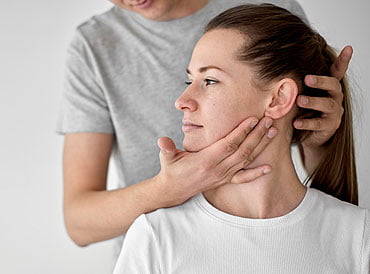Connective tissue plays a crucial role in Rolf Movement treatments. Understanding its functions and importance can help individuals better comprehend the benefits of Advanced Rolfing sessions. Let’s delve into the role of connective tissue in Rolf Movement treatments:
1. Fascial System: The connective tissue within the body forms a complex network known as the fascial system. Dr. Ida P. Rolf, the founder of Rolfing, recognized the significance of this system in maintaining overall body balance and function. The fascial system encompasses a web-like sheath, also referred to as fascia, which surrounds and interconnects muscles, bones, organs, and other structures in the body (structural integration, connective tissue).
2. Maintaining Structural Integrity: Connective tissue, particularly fascia, contributes to the body’s structural integrity. It provides support, stability, and flexibility. However, due to various factors such as chronic stress, repetitive movements, injuries, or postural misalignments, the fascia can become restricted or unhealthy. This can create imbalances, pain, and limitations in movement (chronic pain, forms of alternative healing).
3. Fascial Restriction and Dysfunction: Rolf Movement treatments aim to address fascial restrictions and dysfunctions. These restrictions can manifest as muscular adhesions or tightness, leading to discomfort and limited range of motion. By applying indirect techniques during Advanced Rolfing sessions, Certified Advanced Rolfers work to release and retrain these restrictions and restore healthier fascial mobility (rolfing structural integration, soft tissue).
4. Unifying the Body: Rolfing practitioners view the body as an interconnected system. Instead of focusing solely on isolated areas of pain or discomfort, they consider how one part of the body affects the whole. Through Rolf Movement treatments, certified advanced Rolfers work systematically to address imbalances, improve alignment, and optimize overall structural integrity (whole body, series of Rolfing session).
5. Hydrated Fascia and Enhanced Function: One of the primary goals of Rolf Movement treatments is to improve the hydration and quality of the fascial tissue. By calling for specific voluntary movement while stretching, and in movement techniques, RMI helps to modulate and innervate neural pathways that helps rehydrate and reorganize the fascia. This can result in enhanced functional movement, improved posture, and increased body awareness.




